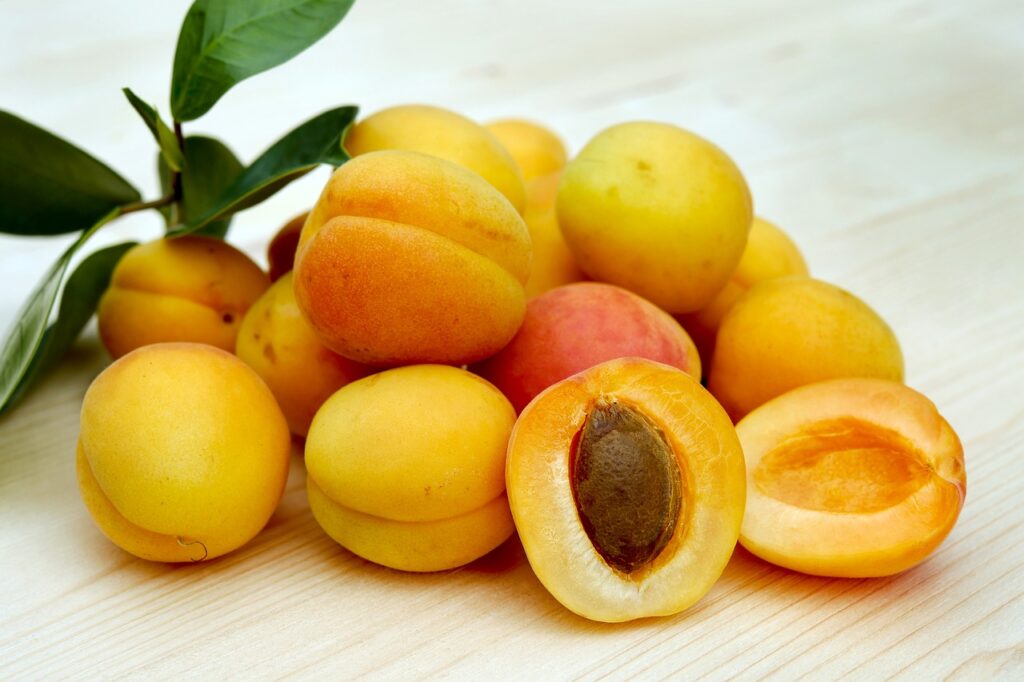Physical Features of the Lower Southeast
The lower southeast region is characterized by its flat terrain, with vast stretches of plains and gently rolling hills. The area is known for its rich farmland, making it an important agricultural hub. The flat topography of the lower southeast also makes it ideal for transportation and infrastructure development.
One of the most prominent physical features of the lower southeast is the presence of rivers and wetlands. The region is crisscrossed by numerous rivers and streams, many of which flow into the Gulf of Mexico. These waterways not only provide a source of water for irrigation and transportation but also create unique ecosystems that support a diverse array of plant and animal species.
In addition to its waterways, the lower southeast is also home to several distinct geological features. One such feature is the presence of limestone caves, which are scattered throughout the region. These caves are not only a popular destination for outdoor enthusiasts but also provide valuable insights into the region’s geology and history.
Another important physical feature of the lower southeast is its coastal areas. The region boasts miles of sandy beaches and salt marshes, which provide important habitats for a variety of marine species. The coastal areas of the lower southeast are also vulnerable to flooding and erosion, making them a focal point for environmental conservation efforts.
Overall, the physical features of the lower southeast contribute to the region’s unique character and provide a wealth of opportunities for exploration and study. Whether you are interested in agriculture, geology, or marine biology, the diverse landscape of the lower southeast has something to offer for everyone.




